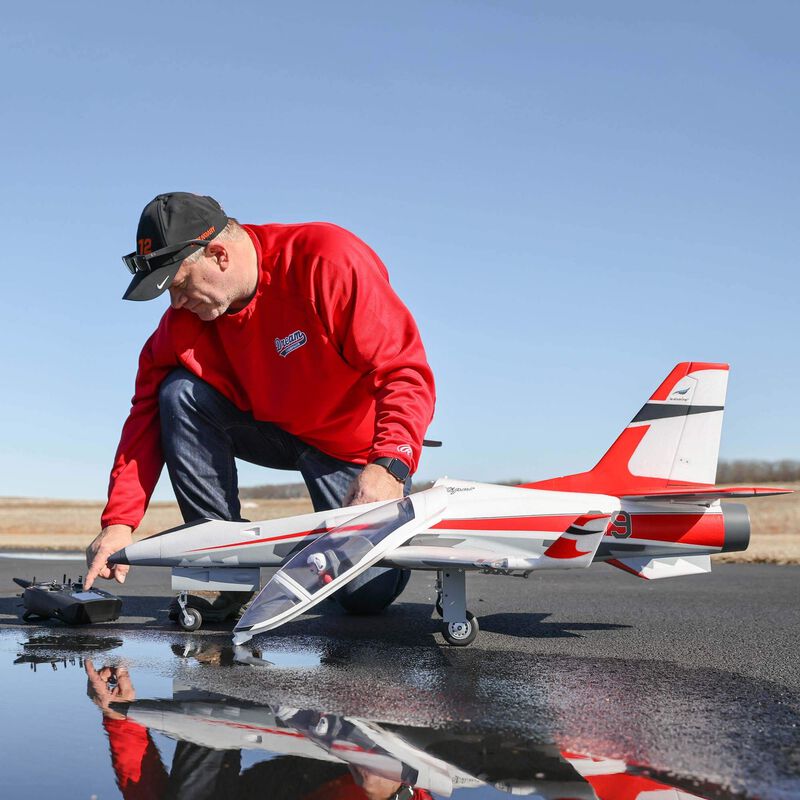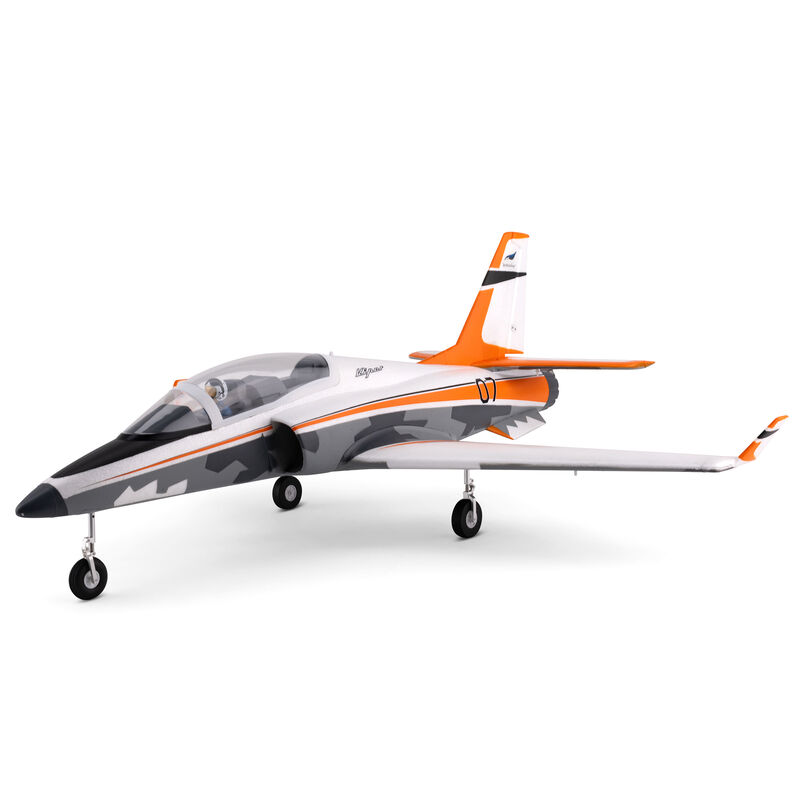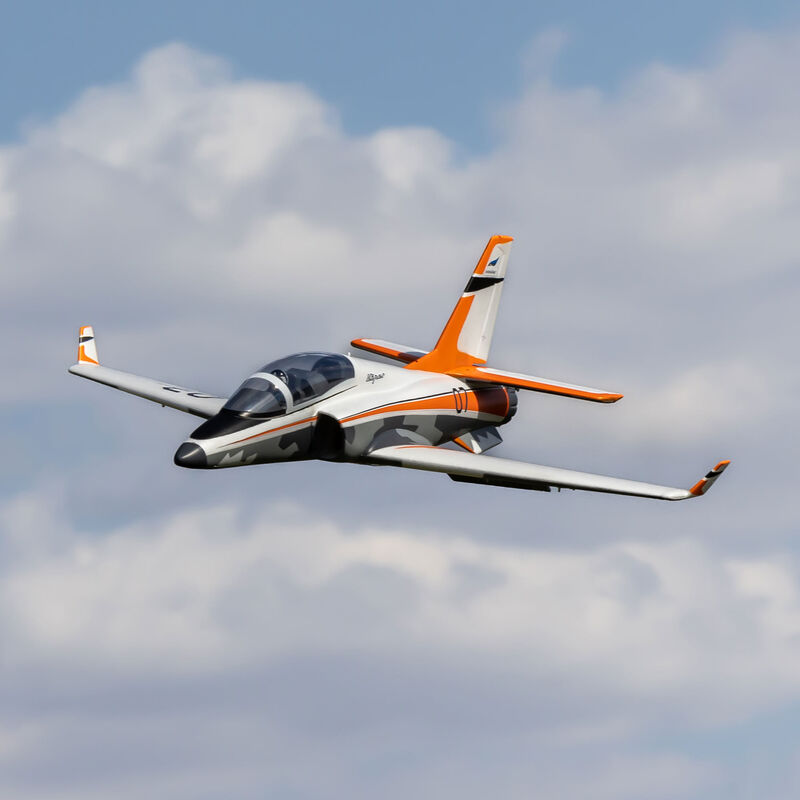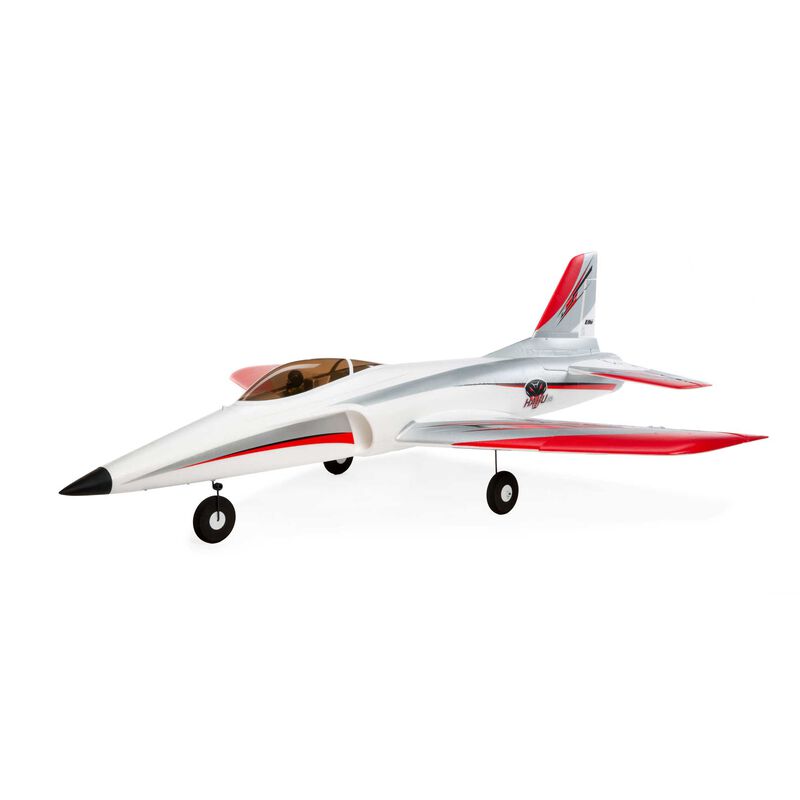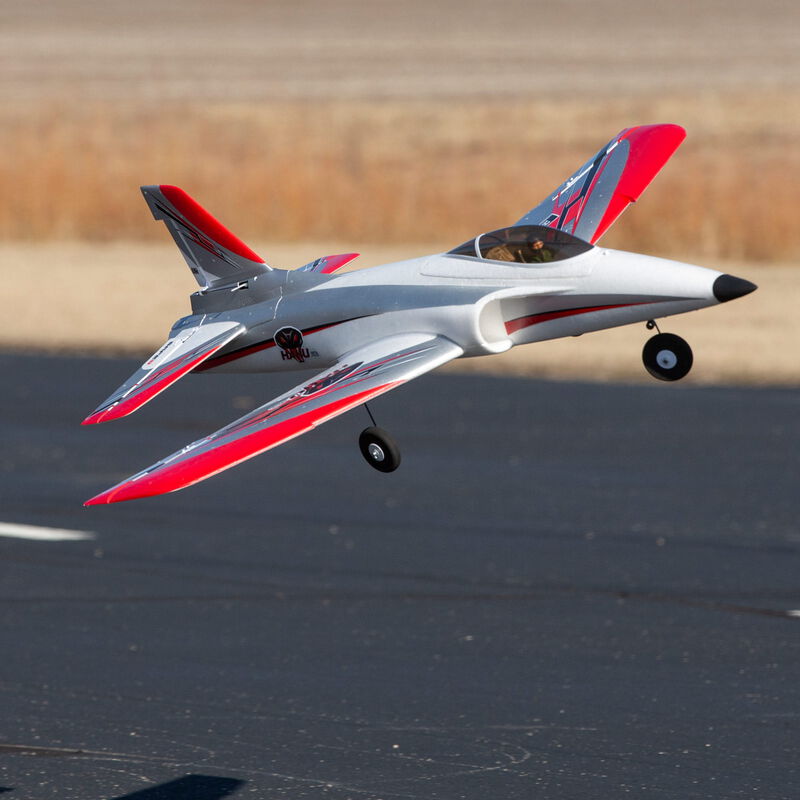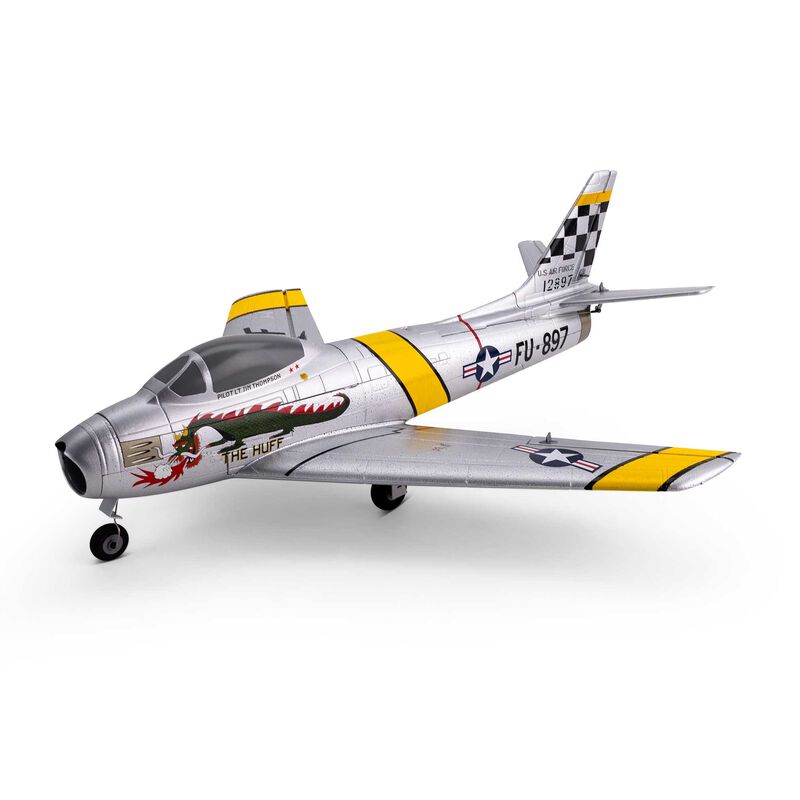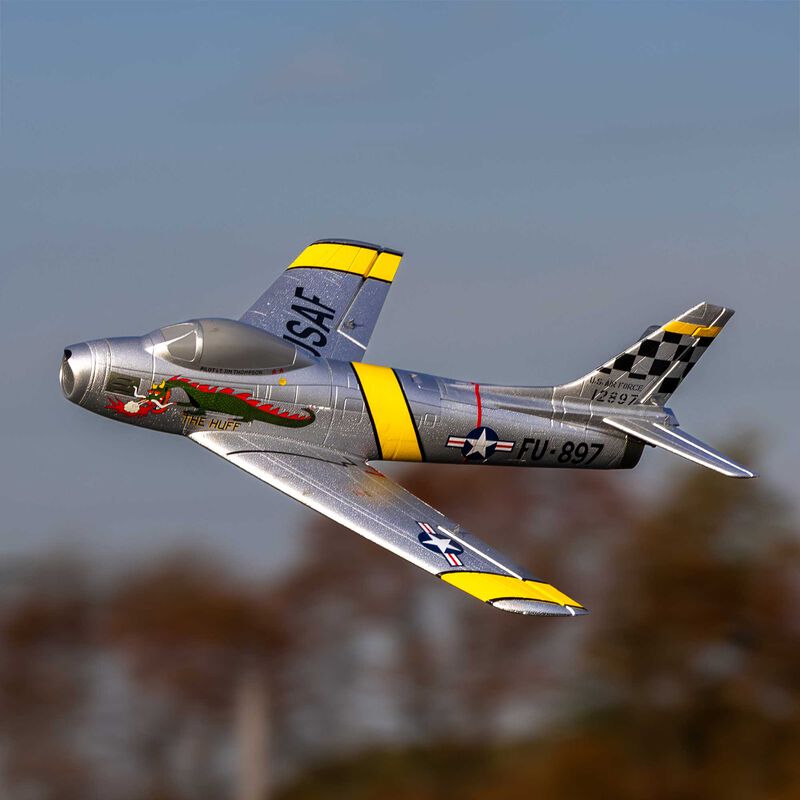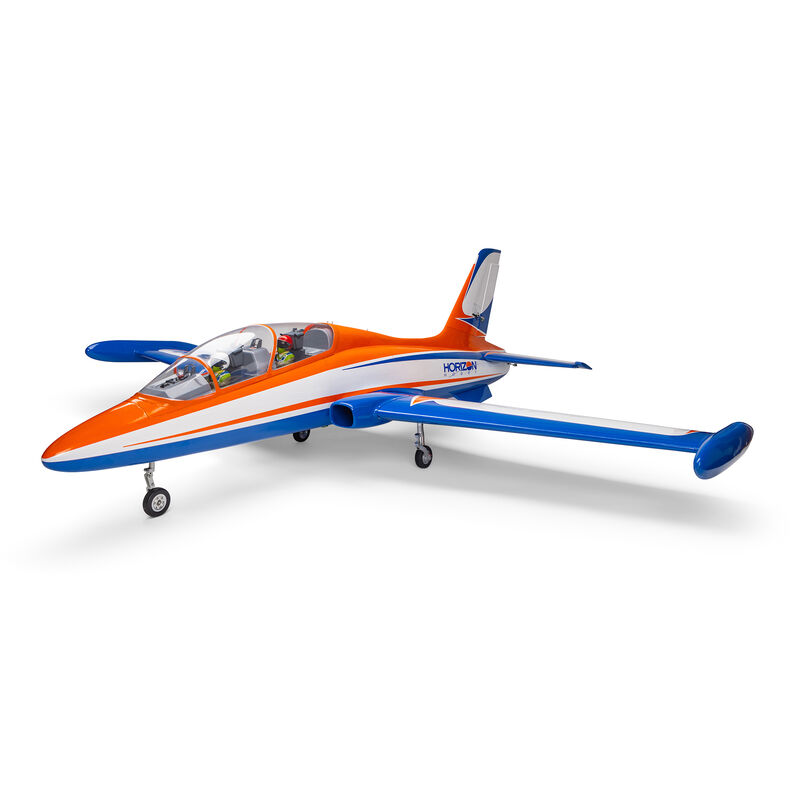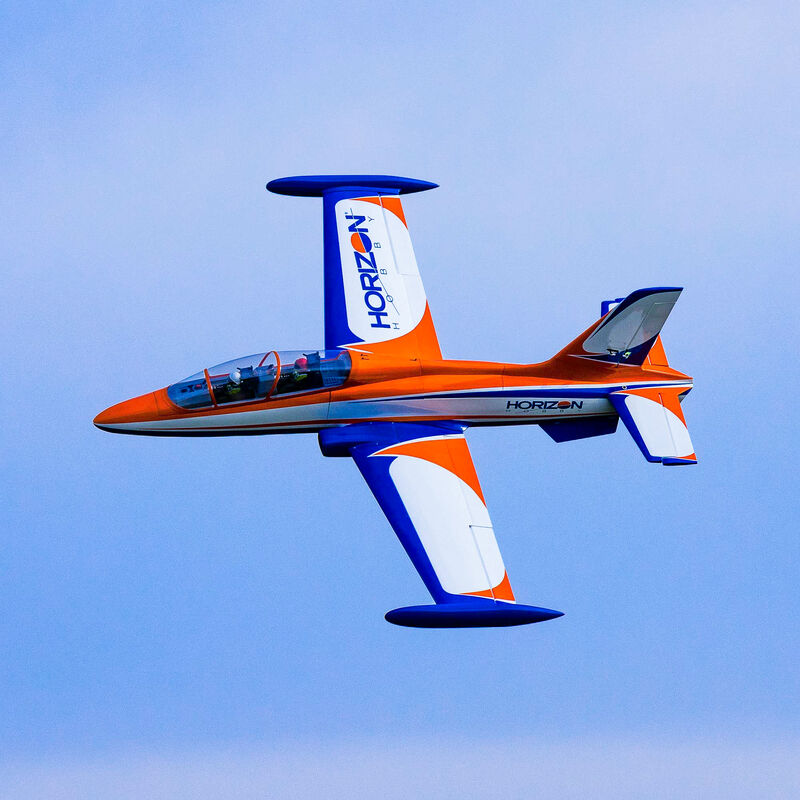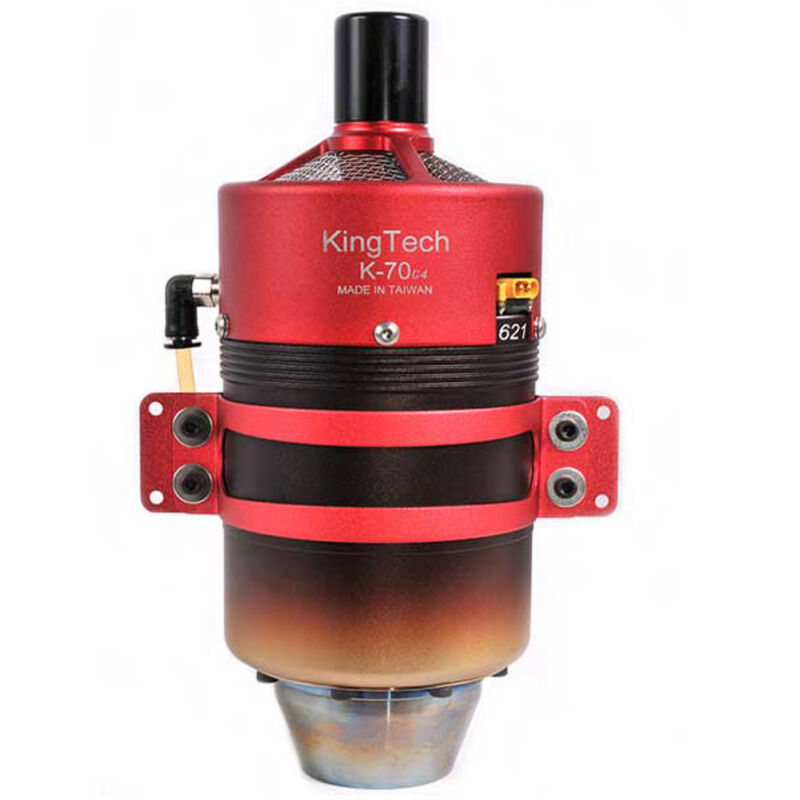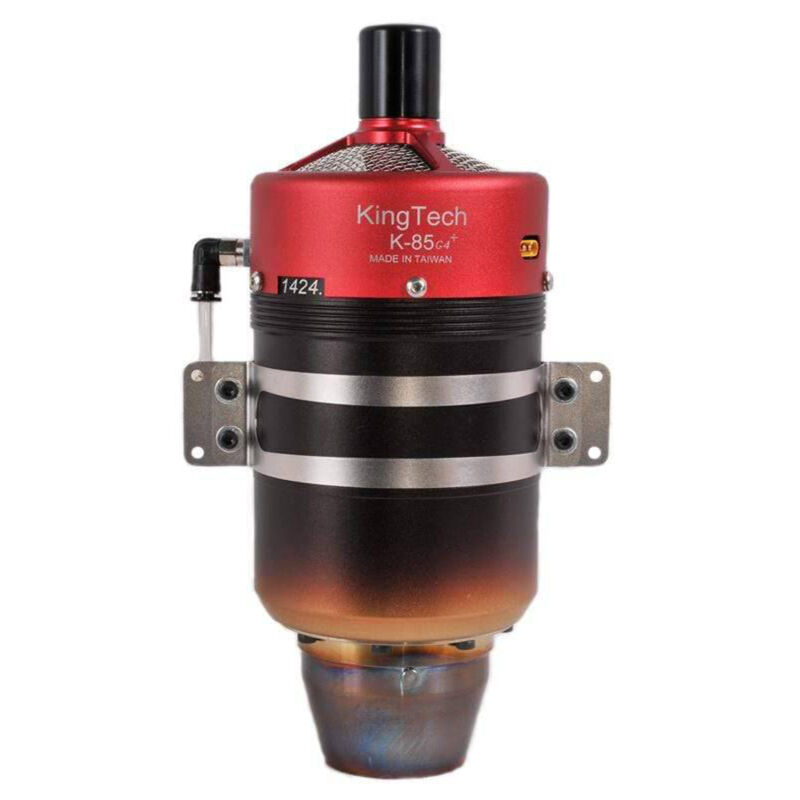Posted: 5/4/24
The Thrilling World of Radio Control Jets
Radio control (RC) airplanes and jets have captured the imagination of aviation enthusiasts around the globe. Jets stand out among the many RC aircraft because of their tremendous speed, sleek designs, and thrilling performance. There’s nothing like being at the airfield when a jet comes screaming past.
If you are looking for more information about these incredible machines, the following can give you a basic look at the types of RC jets, the differences in RC jet engines, and some great products.
There are two main types of radio control jets: Electric Ducted Fan (EDF) and Turbine. This difference in classification comes down to the differences in type of RC jet engine or motor being used.
Electric ducted fan jets are a popular choice for beginners and intermediate hobbyists. They are powered by electric motors that drive a series of fan blades housed in a ducted shroud. The fan blades accelerate the air, creating a powerful thrust. EDF jets are known for their smooth and quiet operation, making them suitable for flying near residential areas. These RC jets typically have a scale-like appearance and are available in a wide range of sizes, from smaller park flyers to larger high-performance models.
On the other hand, turbine-powered RC jets provide the ultimate experience for enthusiasts seeking realism and adrenaline-pumping speed. These models feature miniature RC jet engines that replicate the mechanics of full-scale jet engines. Turbine engines burn a mixture of kerosene-based fuel and compressed air, generating thrust through the principle of jet propulsion. Turbine jets offer unmatched power, speed, and sound, making them a top choice for advanced hobbyists and professionals.
The development of miniature jet engines for RC aircraft has been a remarkable achievement in engineering and technology.
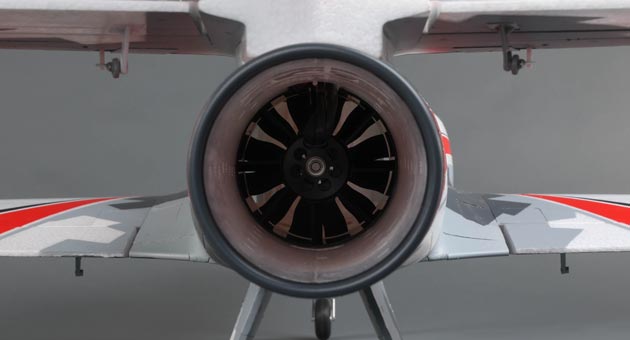
An Electric Ducted Fan is simply a fan with multiple blades mounted inside a duct or shroud. The ones used in RC airplanes are usually small (30mm to 90mm), powered by high-powered brushless motors, and spin extremely quickly. A huge advantage of EDF aircraft is that they do not use any fuel and run clean. In many EDF planes, pilots can use a 3S 3200mAh to 4000mAh battery for an excellent balance of power and flight time, or a compatible 4S battery for more speed and thrust without the need for any modifications or upgrades. For beginner pilots who purchased an EDF jet, the best way to complete their purchase is with a Spektrum™ Smart Air Powerstage™ bundle such as the Spektrum Smart Powerstage Air Bundle: 4000mAh 3S G2 LiPo Battery / S120 Charger.
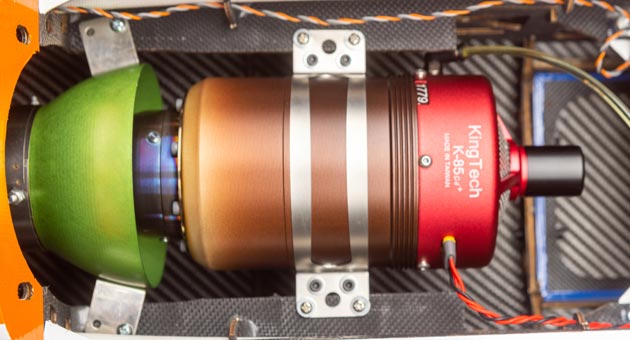
Turbine-powered jets are far more advanced than EDF models. With a turbine RC jet engine, enthusiasts get a compact, lightweight jet engine specially designed for high-end RC applications. They employ advanced manufacturing techniques, such as precision machining, to reduce size and weight while maintaining high performance. A good example of a turbine is the KingTech K-85G4+ Turbine Engine with ECU.
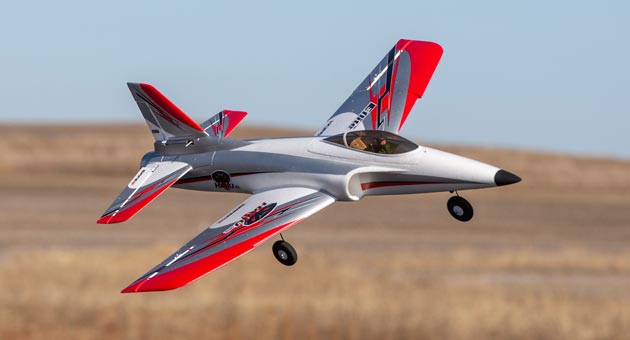
To get started with radio control jets, one of the best options is the E-flite® Habu STS (Smart Trainer with SAFE) 70mm EDF jet. Traditionally, RC jets have been challenging for beginners due to their speed and handling characteristics. However, the Habu STS changes that. It is based on the renowned Habu platform, which is known for its high-performance Electric Ducted Fan (EDF) sport jets. E-flite engineers have enhanced the design specifically to improve low-speed handling and slow-speed performance. Additionally, they have incorporated exclusive Spektrum SAFE flight assistance technology. As a result, the Habu STS 70mm EDF is the easiest RC jet to fly, making it the perfect choice for any RC pilot who has always wanted to experience the thrill of the speed that comes from an RC jet engine.
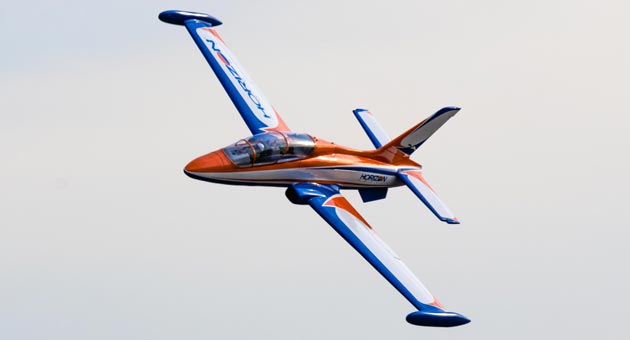
For more experienced pilots looking to move into turbine-powered models, the Hangar 9® Aermacchi MB-339 60-85N Turbine 84" ARF is a superior option. It is based on the full-scale Aermacchi MB-339 military jet trainer and light attack aircraft from the 1970s. The model is attractive, easy to fly, and fully aerobatic, making it suitable for 60-85N size RC jet turbines. Constructed from lightweight balsa and plywood with carbon fiber reinforcements, it is durable and features a genuine UltraCote® film finish for long-lasting and easy maintenance. The MB-339 delivers exceptional flight characteristics and attention to detail expected by Hangar 9 pilots. Overall, this model offers an incredible in-flight experience with impressive durability.
Radio control jets offer an exhilarating experience, combining the thrill of aviation with the precision of remote-control technology. Whether you opt for an EDF jet or a turbine-powered model, the advancements in RC jet technology with engines, motors and turbines have made it possible to enjoy the excitement of high-speed flight on a smaller scale.
Strap in, take to the skies, and let your imagination soar with the incredible power and precision of radio control jet aviation.


